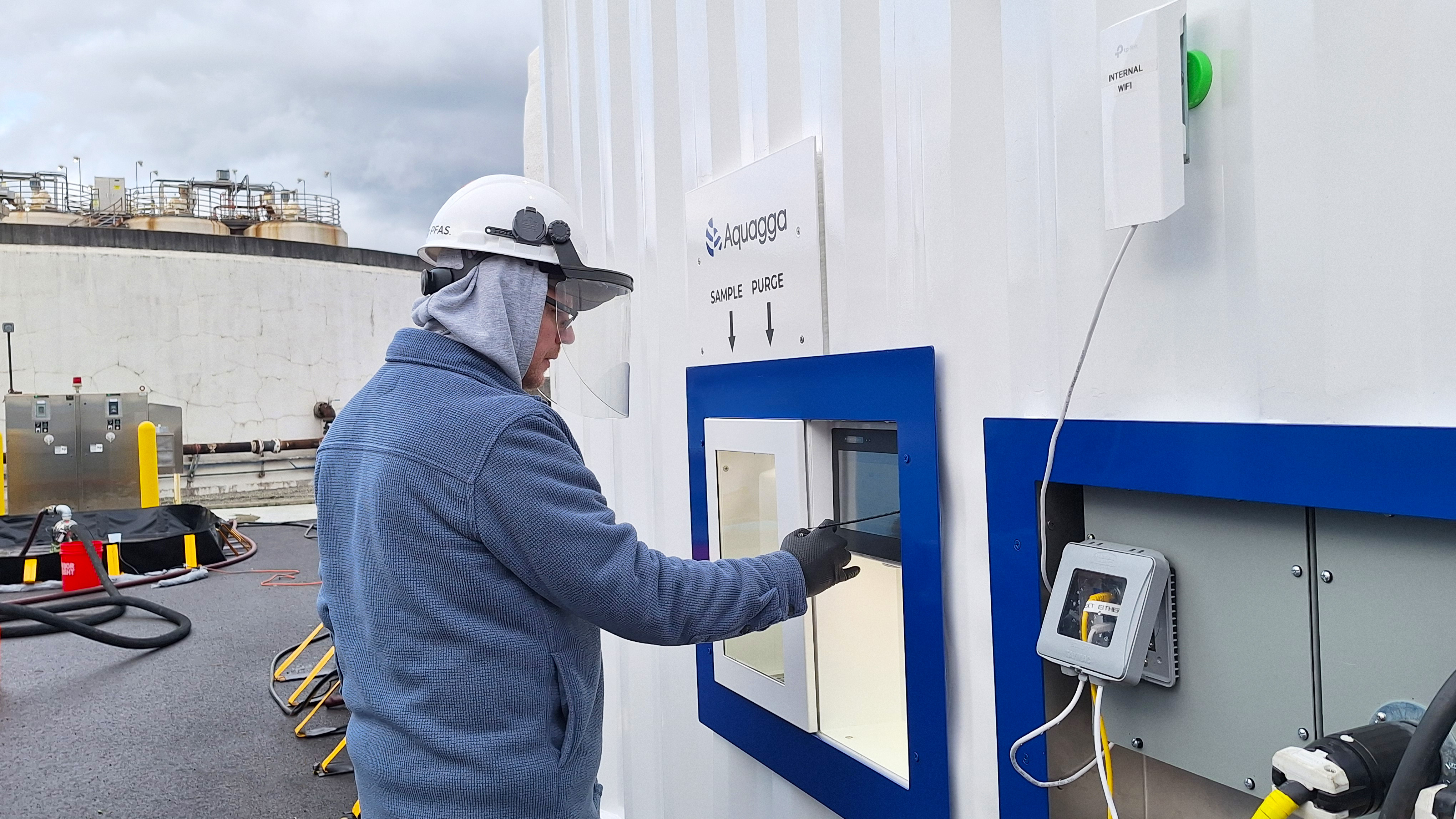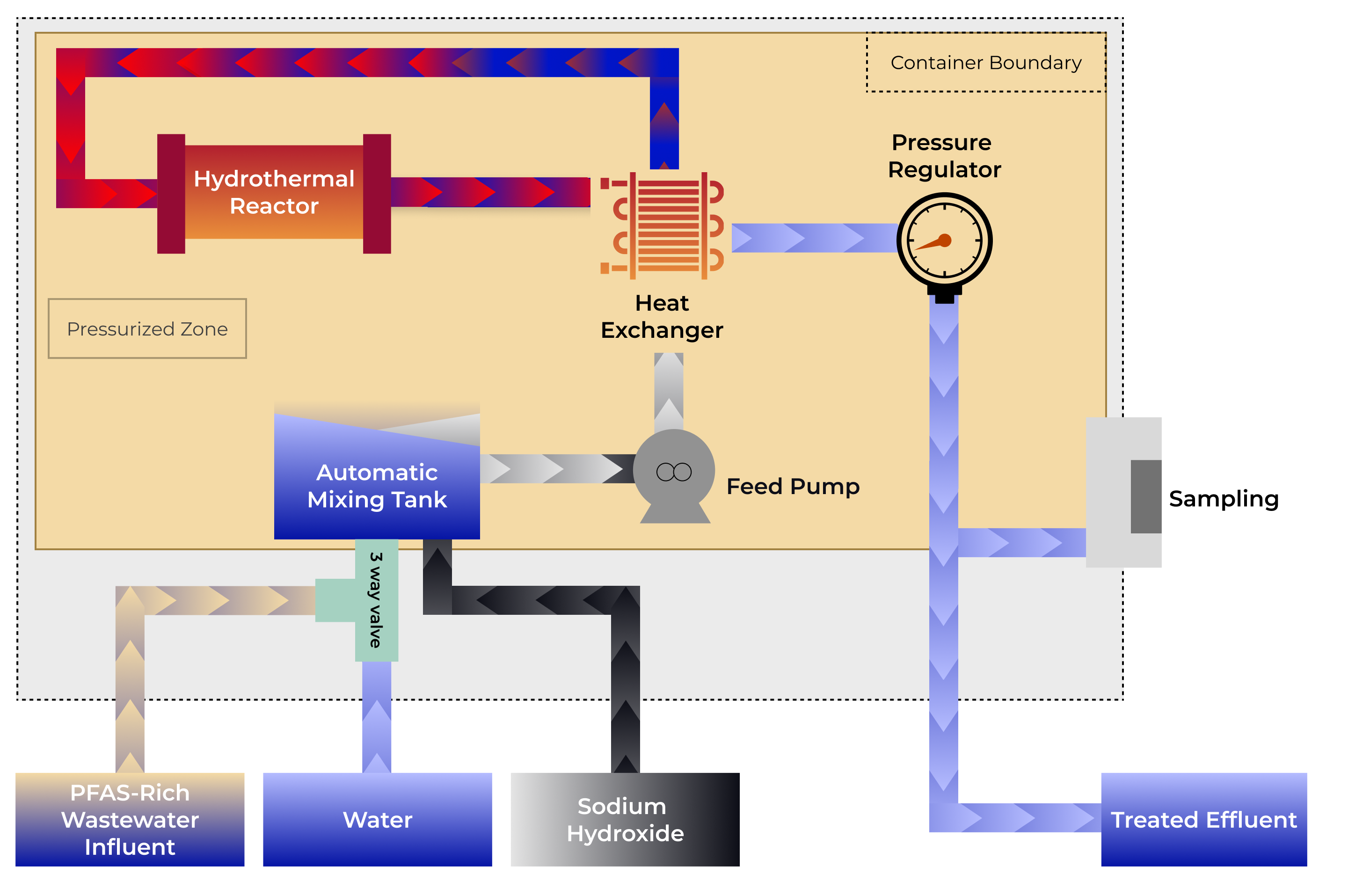
Aquagga’s hydrothermal alkaline treatment (HALT) technology is designed to destroy harmful PFAS compounds—commonly known as 'forever chemicals'—through a high temperature, high pressure chemical reaction under alkaline conditions. The system integrates pumps, heaters, tanks, and a hydrothermal reactor to effectively treat contaminated fluids.

At the core of these operations lies the control system, functioning as the unit’s nervous system. A programmable logic controller (PLC) acts as the brain—receiving inputs and executing real-time commands. Electrical and control cables act like the system’s neurons, delivering power and transmitting signals to coordinate the operation of all components.
In 2022, Aquagga developed its 1 GPH "Kellyrose" Pilot system for bench-scale PFAS testing using a basic Arduino controller. In 2023, we began transitioning to more advanced PLC systems for the 10 GPH Steed systems—our field-ready units for customer-site demonstrations and remediation. These new controls provided greater flexibility, reliability, and the ability to handle more complex operational logic.
Recognizing these benefits, the Pilot system was retrofitted with the same PLC-based architecture. The control panel and wiring were rebuilt, and new logic and HMI screens were developed to support smarter, more robust automation.
Automated sequences for startup, heat-up, sampling, cooldown, and shutdown have significantly improved system usability. With minimal input—just entering parameters and initiating the cycle—operators can run the full process without constant oversight. This reduces operational complexity and significantly reduces manual intervention.
For customers operating HALT systems on-site, automation reduces staffing needs, limits manual checks, and improves consistency across runs. As highlighted in our recent press release, these upgrades mark a key step in making HALT systems more scalable and easier to integrate into existing operations.
Safety is a foundational priority in HALT system design and operation. Each unit includes multiple layers of engineered protections, such as containment, interlocks, and automated emergency response. These safeguards ensure safe and reliable operation.
Secure remote monitoring adds another layer of value. Operators can access real-time HMI views, receive log sheets, and respond to alarms from anywhere. This improves operational confidence, reduces on-site staffing demands, and supports both field deployment and centralized oversight.
As HALT systems continue to evolve, Aquagga remains committed to delivering solutions that offer greater operational simplicity, reliability, and ease of use. Advancements in automation, system resilience, and connectivity are shaping the next generation of environmental remediation technologies.